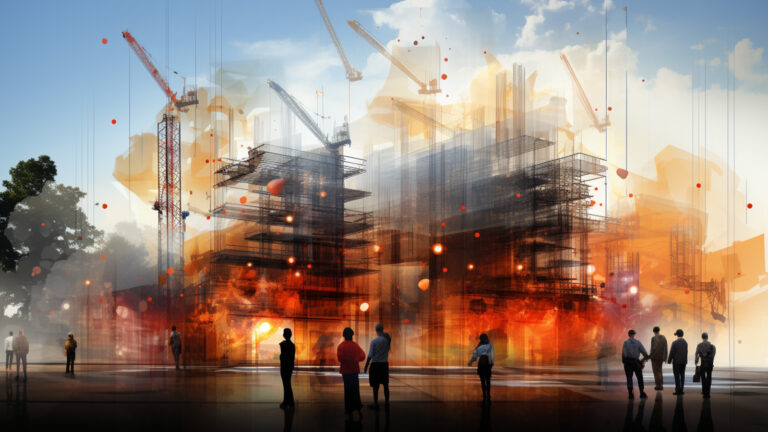
Civil engineers work towards making sure infrastructure is designed and built sustainably while minimizing its environmental impact. They also consider long-term sustainability by including factors like climate change and population growth within their scope of work. By incorporating eco-friendly practices into their projects. Civil engineers contribute to creating a more durable future for all.
Sustainable development refers to creating infrastructure that satisfies present needs without compromising the ability of future generations to meet their own needs through efficient use of resources minimizing environmental impacts and constructing climate change-resistant properties such as infrastructures. Civil engineers have a significant impact on our planet’s sustainability by constructing most of our built environment. Sustainable development can be achieved through the competent utilization of recycled materials during construction.
Designing energy-efficient buildings. And establishing green infrastructure to support renewable energy sources. Civil Engineers are essential in implementing the creation of sustainable infrastructures.
Buildings designed with efficient utility usage methods lead to less wastage and an effective reduction in energy consumption. Transportation systems with fewer greenhouse gas emissions and conserving water resources make an eco-friendly contribution.
Civil engineers can also implement the use of public transportation networks to reduce carbon footprints. Incorporating green technology into building designs such as maximum natural light exposure, and installation of solar panels. And the use of energy-efficient materials is some ways to achieve sustainable development.
Despite the critical role played in creating sustainable infrastructure. Civil engineers still encounter challenges in their line of work.
Civil engineers face numerous challenges when striving for sustainable development in today’s world. The need to achieve more with fewer resources presents enormous pressure while hindrances such as resistance to change may slow down progress. In addition.
Balancing sustainability with economic growth demands careful decision-making when it comes to resource allocation within projects given that implementing new materials and procedures can initially require higher costs than traditional methods. Overcoming these difficulties remains crucial for creating infrastructure that provides long-term value while safeguarding natural resources for generations ahead.



